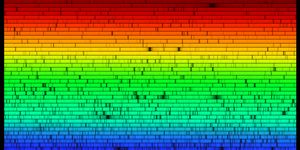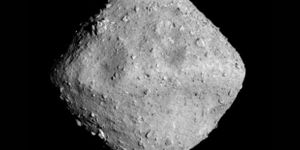A Wandering Star Twisted the Magnetic Field in a Stellar Nursery
Stellar Nurseries are fascinating places to look at to see the signatures of stars and sometimes the process of planet formation. These places appear like clouds full of dust and gas and they launch outflows of this material at high speeds. Usually, these clouds are surrounded by magnetic field lines which are parallel to these outflows. A team of astronomers, led by postdoctoral associate Erin Cox at Northwestern’s Center for Interdisciplinary Exploration and Research in Astrophysics (CIERA), discovered an example of this phenomenon while looking at one such cloud called L 483. However, things changed when they decided to take a closer look at it using the extraordinary capabilities of NASA’s Stratospheric Observatory for Infrared Astronomy (SOFIA).
They noticed that the outflows were twisted at about 45 degrees away from the magnetic field lines. Originally, they found a new star at this twisted place using SOFIA, but that did not explain the perturbed magnetic field lines. Upon looking more closely at the same cloud with a radio telescope Atacama Large Millimeter/submillimeter Array (ALMA) in Chile, they found another star hidden behind the newer star, and the authors blame this hidden star sibling for the observed discrepancy. They suggest that a binary star system was formed in this stellar nursery and one of those siblings started to move closer to the other rather than just orbiting each other, this wandering around of this second star interfered with the magnetic field lines at that point, and hence twisted them. The authors note that this is an important discovery because we can now understand that binaries can shift the dynamics of a stellar nursery by affecting magnetic field lines, which ultimately affect outflows and star formation in that cloud. This work was recently accepted to be published in the Astrophysical Journal.
Source:arxiv.org, sciencedaily








